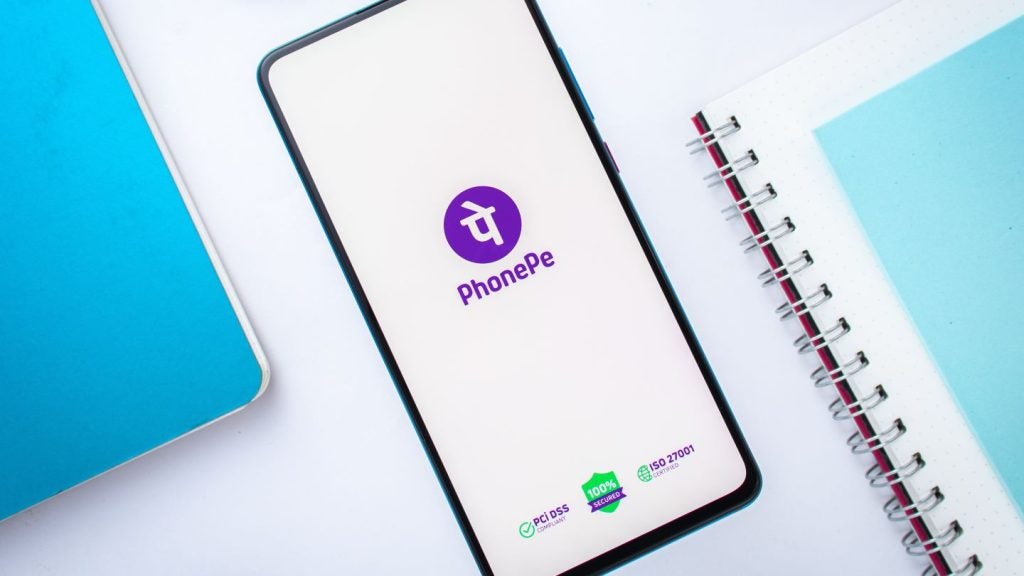Afterpay’s US entry will demonstrate whether the buy now, pay later model so successful in Australia can excel in a market where credit defaults are much higher. Will the Afterpay impact come into effect?
Buy now, pay later has taken the Australian retail credit segment by storm. According to a recent Australian Securities and Investments Commission report, almost one in 10 consumers have used buy now, pay later to make a purchase.
At the end of the 2017–18 financial year, outstanding credit via the channel stood at over A$900m. This is impressive for a fintech segment that surfaced only a few years ago – especially given that the personal loan market has failed to grow since June 2016. In response to this success, Afterpay’s stock price on the ASX rose from A$6.23 at the start of 2018 to A$14.18 at the close of December 3.
The Afterpay impact
Considering its success in its home market, on paper Afterpay’s business model and service should be easily replicable in foreign markets. Based on similar consumer trends and conditions, North America – which the company has operated in since mid-2018 with a US arm – could prove a receptive market.
However, the success of buy now, pay later instant credit in Australia relies primarily on the market’s low credit default rate.
According to GlobalData’s 2018 Retail Banking Insight Survey and analysis, the credit card net loss rate in Australia is around 2.8% in 2018, which is much lower than most other developed economies.
In contrast, the credit card default rate in the US is almost 4%. Default rates matter for any consumer credit provider. For services like Afterpay – which appeal to lower-income and younger consumers who typically represent a much higher credit risk – getting it right is life or death.
Over 900 retailers in the US already have a contract with Afterpay, with a further 1,300 set to start offering the service to their customers in the future. It is clear the company is filling a niche in the country, and that both merchants and consumers see value in the service. Yet greater potential often means greater risk.
While the US’s higher rate of defaults may not be obvious yet, Afterpay will need to be prepared to take more stringent precautionary measures in its stateside operations.








